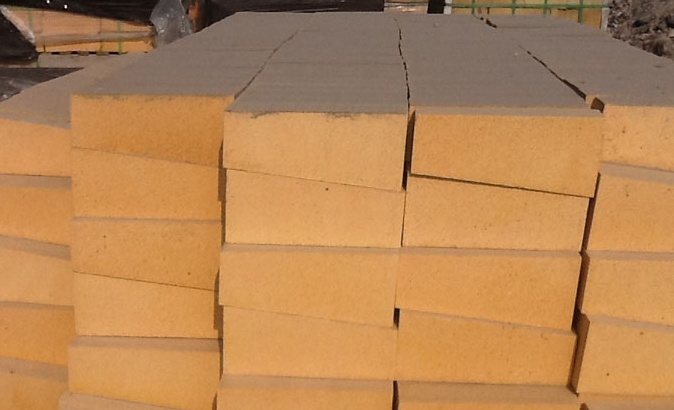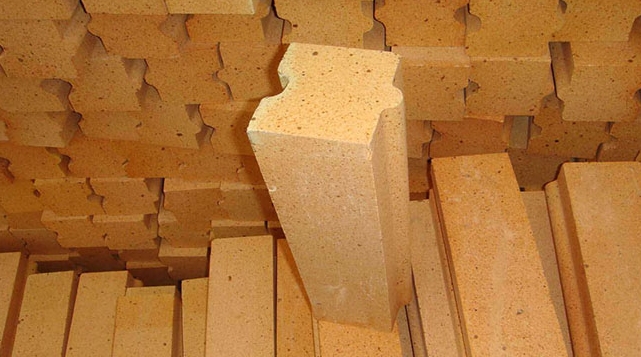- 21
- Feb
Classification of insulation refractories
Classification of insulation refractories
If classified according to the use temperature, heat insulation refractory materials can be divided into 3 types:
① Low-temperature insulation materials, lower than 600℃;
②Medium temperature insulation material, 600~1200℃;
③High temperature insulation material, higher than 1200℃.
From the perspective of bulk density, the bulk density of lightweight heat-insulating refractory materials is generally not greater than 1.3g/cm3, and the bulk density of commonly used light-weight heat-insulating refractory materials is 0.6~1.0g/cm3, if the bulk density is 0.3~0.4 g /cm3 or lower, it is called ultra-lightweight insulation material.

Insulating refractory materials can also be divided into:
①Powder and granular heat-insulating materials include powder-grain bulk materials that directly use refractory powder or granular materials as filling insulation layers without bonding agent, and powder-grain bulk light-weight amorphous heat-insulating refractory materials containing bonding agent. The powdery granular thermal insulation material is convenient to use and easy to construct. It can be called an effective thermal insulation layer for high-temperature kilns and equipment by filling and making on site.
②Stylish heat-insulating materials refer to heat-insulating materials with a certain shape with porous structure. Among them, brick-shaped products are the most common, so they are generally called light-weight heat-insulating bricks. Lightweight insulation bricks are characterized by stable performance, and are easy to use, transport and store.
③ Fibrous heat-insulating materials are cotton-like and fiber-like heat-insulating materials. Fibrous materials are easy to form porous structures. Therefore, fibrous thermal insulation materials are characterized by light weight, good thermal insulation performance, elasticity, and good sound absorption and shock resistance.
④Composite thermal insulation materials mainly refer to thermal insulation materials made of fiber materials and other materials, such as thermal insulation panels, thermal insulation coatings and other thermal insulation materials.

The mode and distribution status are divided into the following three categories:
①Insulation materials in which the gas phase is the continuous phase and the solid phase is the dispersed phase;
②Insulation materials in which the solid phase is the continuous phase and the gas phase is the dispersed phase;
③Insulation materials in which both the gas phase and the solid phase are continuous phases. This classification method is more convenient to analyze and study the influence of organizational structure on the performance of thermal insulation materials.
